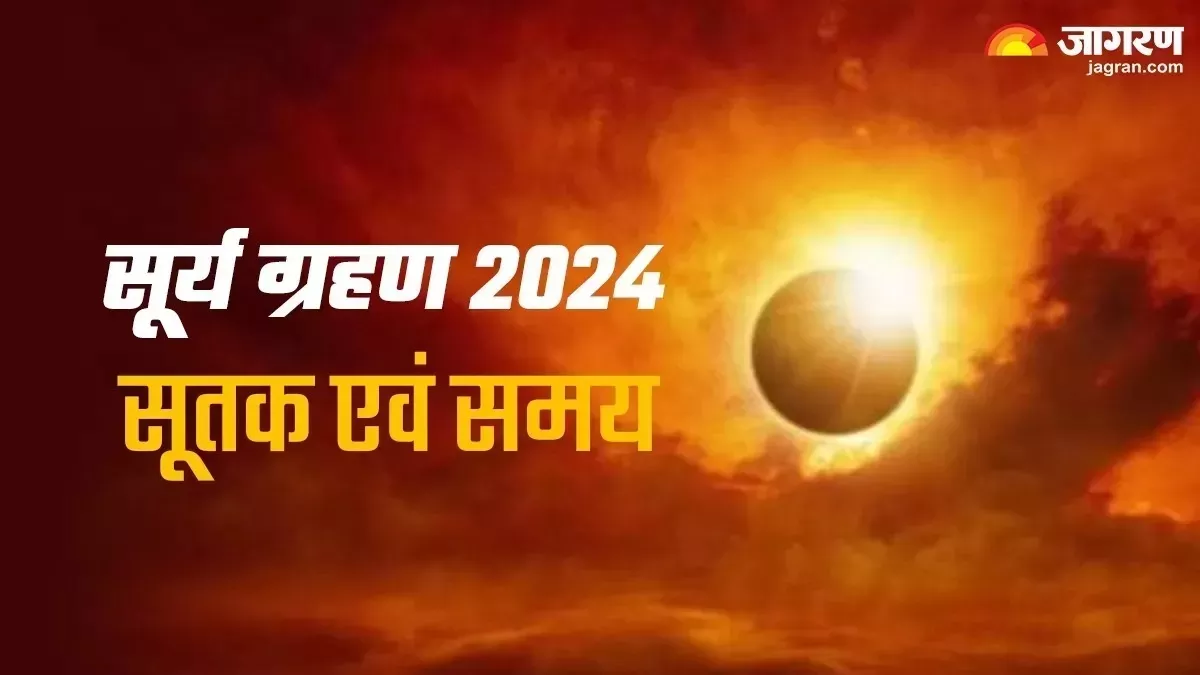THE SCIENTIST WHO CHANGED INDIA / The story of indian first nuclear test
In 1900s , the was a parsi family in bombay the family had no shortage of money or property in those days there were very few family like these one in india bace use this family was vary famous in india bussines . the head of this family was janghir hormasaji he was the board of directors of the tata group of companies this family also had a good relationship with the tata familys in fact jehangir hamasji sister was married to sir tata on 30 th octomber 1909 homi bhabha was born inti the this family beacuase this family didint lack money hes was given all the facilities he studaies ibombays best school in 1927 whwn bhabha was 18 years old he want to cambridge university to study engineering but this wasnt his choice just toady , the decision was made by his family beacuse bhabha mathematicaly ability was very good his family high expectiation of him sir dorabji tata request bhabha go to gambridge to studey engeneering and then come back to india to lead tatas jameshedpur steel plant but when bhabha was in cambridge herealise that he didint like enginnering that much he was interested in physics so he wrote that letter to his father business or engineering is not for me physics is my line and i know that in do great this in physics i request you to let me studey physics there are two intersting things in his letter first bhabha interest in physics devloped at combrifdge university scond he belived that time there was a physics revolution in the world physicist i like hesisenberg niels bohr , wolfgang pauli werw and that time cambridge was playing an important role in physics for example paulllllldirac who was a scientiest at compridge was working on einstens special theory of relativity that wahy we can guss why de bhabha want to studey physics at combridge thankfully his father allowed him to do this but there was onbe condition in his final engeneering exam bhabha had to come first in the class and he achevied it after that he starterd doing a loat of rearch on physics or bhabha won many famous people niels bhore who did rearch on the atoms model wolfgang pauli who won nobel prize and enricofermi who made the world fierst nuclear reactor in in 1935 homi bhabha got his phd degree for his reacerch on comic readition four years leater dr homi bhabha appliedd foe full time posotion at university liverpool He was taught by jaames chawdwick who discovered neutrons he was going to set up a new department in physics But James Chadwick rejected bhabhas offer why Chadwick said that bhabha was too good and tha kind of students quality he was expecting which he got in Cambridge he wouldn’t get at this university the. Bhabaha went to India for a holiday and he hoped that after this holiday he’d come back to England to do research on physics bus god other plans !!
BHABHA RETURNS TO INDIA
On september 1939 Germany invaded poland . Two days later briten and france declared war on germany as soon as second world war started bhabha was very desperate togo back to englend and do his research in fact he wrote a letter a great physicist in england patrick blackett saying that he was daying to return to englend patrick blackett saying that he was dying to return to england but perhaps bhabha didnt know tht the england hed left behind had been transformed by world war II dur to war movement in europe were restricted scientest couldnt easily enter each others labs and cross borders thats whay its said that the with world wr II continental physics ended continental physics was the time whane physicists form many counties could work together but now physics has become more nationalised thats why it wasnt easy to shere information in the world of physics thats why he was trying his best to go england evev during the war his family a lot of money and they werewell know but despits the he couldent coveince the colonial government of india to let him go to england this mean that bhabha had to work in india a all know physicist at the time invited bhabha to yhe indian institute of science in bangalore the physicists name was c.v raman bhabha had a good relationship with this institute in bangalore in fact jamshedji tata started this institute in 1911 after that tata stayed on the governing council of this institute .bhabha wasant aware of this but his life in bangalore was about to change . because he met man who was doing a phd under the guidannce of cv raman this scientist was vikram sarabhi though he was younger than bhabha like bhabha , sarabhi was frome a rich family in ahmedabad apart ffrom this vikram sarabhai also did his undergraduate studies from cambridge beacuse of this releation these two men beacam good friends In Bangalore basavanagudi this two men used to go to classical music concert Sunday in fact there friendship grew so much that when Bhabha did experiments on cosmic rays Vikram Sarabhai started helping him after working Indian for 5 years Dr Bhabha decide to stay her but not just Bhabha meaning of you want to survey the country in your own way some of you want to join civil service whether it is IPS IAS or IFS r after working in India of for 5 years Dr Baba decide to stay here he won router letter to the chairman of sir Dora BG Tata trust he said that it is everyone’s duty to stay in their country and build a school similar to do in other countries we can see this love for the country in Dr babas speeches and writings for example he wants to wrote that India needs to build research school for a fundamental physics he then requested the Bombay government to help him build such a school daw babas goal was to promote science through his Institute but during this time there was a huge change in Indian nuclear physics in 1945 many Indian scientist form a atomic energy committee two think about Indians atomic energy resource this committee us Doctor Baba to become the chairman on 26 August 1947 this committee form a new Board of research chair by Homi Bhabha remember that this was just 11 days after India’s Independence Day we all know that it was unpredictable time for our country after over 2 centuries of colonial rules a devastating partition and country suffering from issues such as starvation was thinking about nuclear energy .
Atomic energy in independent india
With effect from 1 June 1948, the advisory board for Research in Atomic Energy, together with its parent organisation the CSIR, was folded into the new Department of Scientific Research and placed directly under the Prime Minister. On 3 August 1948, the Atomic Energy Commission of India (AEC) was established and made separate from the Department of Scientific Research, with Bhabha as its first chairman In January 1949, the AEC met to formulate a uniform under- and post-graduate university syllabus for theoretical and fundamental physics and chemistry, to guarantee sufficient numbers of nuclear scientists and to ensure they would receive consistent levels of training and education. In the same year, the Tata Institute of Fundamental Research was designated by the CSIR as the hub for all major nuclear science research projects. In 1950, the government announced it would purchase all available stocks of uranium and beryllium minerals and ores, and declared large rewards for any significant discoveries of the sameOn 3 January 1954, the Atomic Energy Establishment, Trombay (AEET) was established by the Atomic Energy Commission to consolidate all nuclear reactor research and technology-related developments; on 3 August, the Atomic Energy Commission and all its subordinate agencies, including the Tata Institute of Fundamental Research and the nuclear research institute at Calcutta University, were transferred to the new Department of Atomic Energy and placed under the direct charge of the Prime Minister’s Office. In May 1956, construction on a uranium metal plant and a fuel element fabrication facility for the research reactors began at Trombay; the uranium plant came into operation in January 1959, followed by the fuel element facility in February 1960. The AEET (renamed the Bhabha Atomic Research Centre in 1967, after Bhabha’s death) was formally inaugurated by Nehru in January 1957. With the expanding scope of Indian nuclear research, the 1948 Atomic Energy Act was amended in 1961, and was passed as the new Atomic Energy Act, coming into force in September 1962
Smiling Buddha: How India successfully conducted first nuclear test in Pokhran
The test was codenamed ‘Smiling Buddha’ and conducted on May 18, 1974. The name was chosen because the test was conducted on Buddha Purnima that year. “The Buddha has finally smiled” was the message conveyed by Raja Ramanna, the director of India’s premier nuclear research institute Bhabha Atomic Research Centre (BARC) to Prime Minister Indira Gandhi.
It was the first confirmed nuclear test by a nation that was not a permanent member of the United Nations Security Council (UNSC).
Though the yield of the device detonated at Pokhran is debated, it is believed that the actual yield was around 8-12 Kilotons of TNT. The highlight of the test was that India had managed to avoid detection by the United States and other intelligence agencies.
The country also faced a series of sanctions from national like the United States which said that such tests can lead to nuclear proliferation.
It took a nearly two-year preparation for India to conduct this test. Indira Gandhi had authorised scientists at BARC to detonate an indigenously designed nuclear device in September, 1972.
After 1974, India again nuclear tests at same location (called Pokhran-II tests) in 1998 when Atal Bihari Vajpayee was the prime minister. The tests saw a series of five nuclear explosions, in May 1998 at Pokhran. National Technology Day is observed every year on May 11 as a reminder of the anniversary of the Pokhran-II tests.
Last year, when India marked the anniversary of the 1974 Pokhran tests, it was facing extremely severe cyclonic storm Amphan, which hit West Bengal and Bangladesh coasts. This year, the country is faced with mitigiating the effects of another cyclone Tauktae, which has wreaked havoc in states along its western coast.Lakhs of people have been evacuated from the coastal areas in states like Maharashtra and Gujarat. The Centre is coordinating with the state governments affected by the cyclone in rescue and relief operations.







